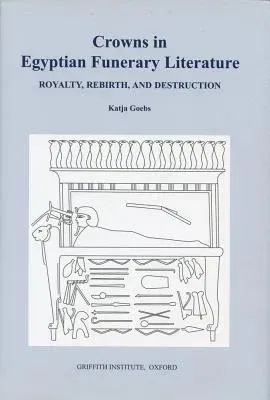Katja Goebs
(Author)Crowns in Egyptian Funerary Literature: Royalty, Rebirth, and DestructionHardcover, 31 December 2008

Qty
1
Turbo
Ships in 2 - 3 days
Only 5 left
Free Delivery
Cash on Delivery
15 Days
Free Returns
Secure Checkout

Part of Series
Griffith Institute Publications
Part of Series
Griffith Institute Monographs
Print Length
484 pages
Language
English
Publisher
Griffith Institute
Date Published
31 Dec 2008
ISBN-10
0900416874
ISBN-13
9780900416873
Description
Product Details
Author:
Book Format:
Hardcover
Country of Origin:
GB
Date Published:
31 December 2008
Dimensions:
24.64 x
17.78 x
4.32 cm
ISBN-10:
0900416874
ISBN-13:
9780900416873
Language:
English
Location:
Oxford
Pages:
484
Publisher:
Weight:
975.22 gm